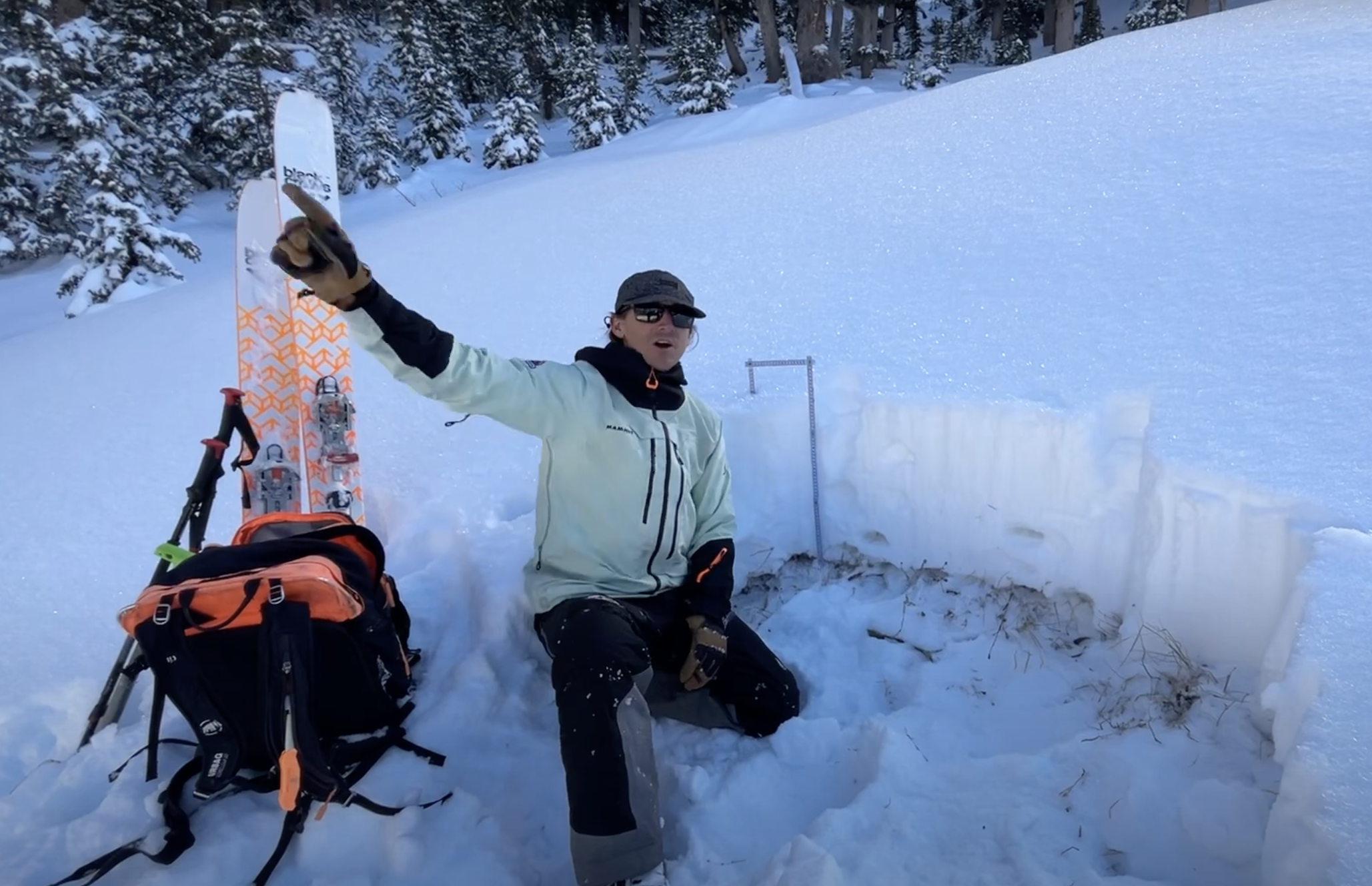Some information may be outdated.
Southeast Utah will likely see an influx of thousands of visitors the weekend of October 14: on that day, an annular solar eclipse—known as the “Ring of Fire”—will occur at approximately 10:30 a.m. It’ll be visible for three to five minutes from Monticello, Bluff, and Mexican Hat, which is in the direct path of annularity.
“We’ve been preparing for this eclipse since January 2022,” said Elaine Gizler, San Juan County’s director of economic development and visitor services. Her department has held conference calls with San Juan County’s emergency medical services, sheriff’s department, health department, and road department; plus with land managers like the Bureau of Land Management and the U.S. Forest Service. This amount of visitors in a single weekend doesn’t happen often, Gizler said, and she’s wanted to make sure the rural towns have enough resources to handle it.
Hotel rooms have been booked out for months, Gizler said, adding that the county ordered hundreds of eclipse glasses—essential if you want to watch the eclipse and not destroy your retinas as you stare at the sun—last year.
“We’re excited,” Gizler said. “We’ve been excited for over a year.”

Gizler said San Juan County is trying to deliver the message that everyone should be prepared: stock up on groceries and water ahead of time, and expect traffic both on the roads and at campsites. Don’t wait until 10:15 a.m. to find your eclipse viewing spot.
There are a number of local eclipse events on Saturday: a “Ring of Fire Fest” at Goosenecks State Park in Mexican Hat and an “Eclipse Festival” at the Canyon Country Discovery Center in Monticello. There will also be two star parties at the Bluff Community Center on Thursday and Friday night.
Semira Crank, the Visit With Respect program director at the Bears Ears Partnership, said the nonprofit has also been preparing eclipse messaging. Bears Ears National Monument is expecting an influx of visitors too: people camping and recreating in the area after the eclipse is over. Visit With Respect outlines 19 guidelines for recreating in Bears Ears, including “camp and eat away from archaeology,” “view sites from a distance,” “leave all artifacts,” and “pack out your poop.”
“The language we’ve used before is that [Bears Ears] is ‘at risk of being loved to death,’” said Ana Siegel, the Bears Ears Partnership communications director. “Most people who are out there care about the landscape, but it’s important that they know how to visit respectfully.”
Part of Crank’s job is overseeing a Visit With Respect ambassador program. To prepare for the eclipse, ambassadors will be out in the area starting now to spread the messaging—they’ll also participate in the Bluff star parties, and host “glitter and glam your eclipse glasses” events.
“We’re just going to have our ambassadors go out on the landscape and have as much interaction with visitors as they can,” Crank said. “We’re hoping that will help alleviate some of the damage to the landscape.”
The Bears Ears Partnership is also asking eclipse viewers to be aware of cultural sensitivities: some Tribes are allowed to view the eclipse, but others, including the nearby Navajo and Ute Tribes, do not look at it. That includes viewing the eclipse in reflections, like on water or windows, and through photos. If you post photos of the eclipse on social media, Crank said, please put a warning before it. That also means parks located on the Navajo Nation, such as Monument Valley, will be closed.
Find out more about eclipse events on the Utah Canyon Country website: https://www.utahscanyoncountry.com/2023_annular_eclipse; and the Bears Ears Partnership website: https://bearsearspartnership.org/visit/visitor-info/2023-annular-solar-eclipse.
You can also learn how to be a “Visit With Respect” Ambassador during the fall stewardship day on November 11: https://bearsearspartnership.org/upcoming-events/public-events/fall-stewardship-day.
Appreciate the coverage? Help keep local news alive.
Chip in to support the Moab Sun News.





